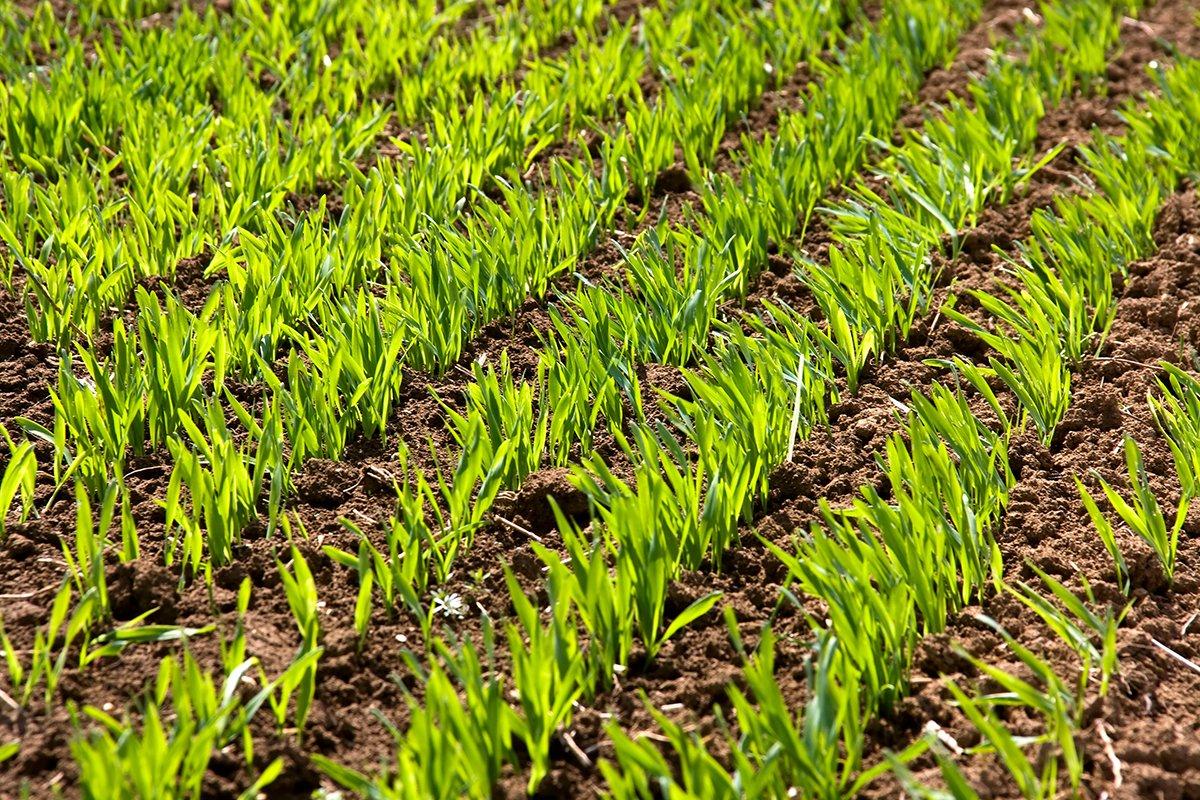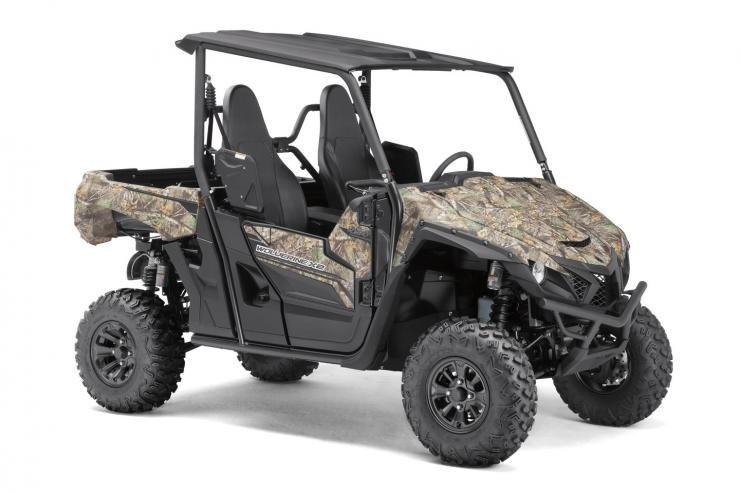What Is Your Preferred Seed Option for Wildlife?
Wheat is good. This cool-season cereal grain is highly digestible, has 18 to 20 percent protein and holds a lot of nutritional value. Furthermore, it can commonly produce up to 6,500 pounds of forage per acre during the hunting season.
But wheat has a bad side. It doesn't provide as much forage as most other plants do. Because of this, many hunters and land managers plant a blend of wheat and clover. They make a good pair when planting to feed whitetails year-round.
Wheat also is a high-carb plant. Like oats, it is preferred in its early growth stages. In mid-latitude states such as Missouri and Kentucky, wheat becomes very attractive to deer late-October to early December.
How to Plant
Gear Review: Yamaha Wolverine X2 Side-by-Side in Realtree EDGE
Choose the right variety of wheat. Deer don't like the long hairy things (awns) on the wheat heads. That's why it's important you plant an awnless variety that produces the grain without the spindly, hair-like material. Think about it, you wouldn't want a mouth full of hair, would you?
Before planting, take a soil sample. Look for a pH of 6.0 to 6.8 and higher for the best results. Apply fertilize and lime as needed. Applying nitrogen at strategical times is a good idea, too. Your local ag extension office or farm store should be able to read your test results and know what fertilize combination to give you.
Next, good seed-to-soil contact is necessary. So, working the ground is a must. Disc for a good, quality seed bed. Seeds are large, so accommodate for the large size when drilling. That said, broadcasting works well for this plant variety, too.
Once planting begins, make sure the seeds are 1 to 1½ inches in depth. If broadcasting, do so at a rate of approximately 100 pounds per acre. If drilling, approximately 75 pounds per acre should do. If you broadcasted the seeds, use a cultipacker to pack the ground after seeding. You can also use a heavy drag to put them at the appropriate depth. Since this is an annual, re-seeding each year will be necessary.
When to Plant
In most states, the best time to plant wheat is in August, September or early October. In the Deep South, weather permitting, you might get away with planting in mid- to late-October. The plant will grow until winter arrives before going dormant. Once it begins warming back up, it will begin to grow again providing additional new forage for wildlife. Once it heads out, wildlife will begin targeting the seed heads as well.
Where to Plant
Wheat is easy to grow and a suitable choice for wet ground. That said, it will still grow in dryer conditions, too. It's a hardy plant species. And deer love it — often choosing it over other available options. All in all, you can plant winter wheat throughout most of the country and see at least average results. It's certainly a good option for wildlife.
Don't Miss: Applying Seed Coat for Wheat
Are you a hunter wanting to learn how to accomplish your goals? Check out our stories, videos and hard-hitting how-to's on food plots and land management.








